How to Create a Vertical Hanging Garden
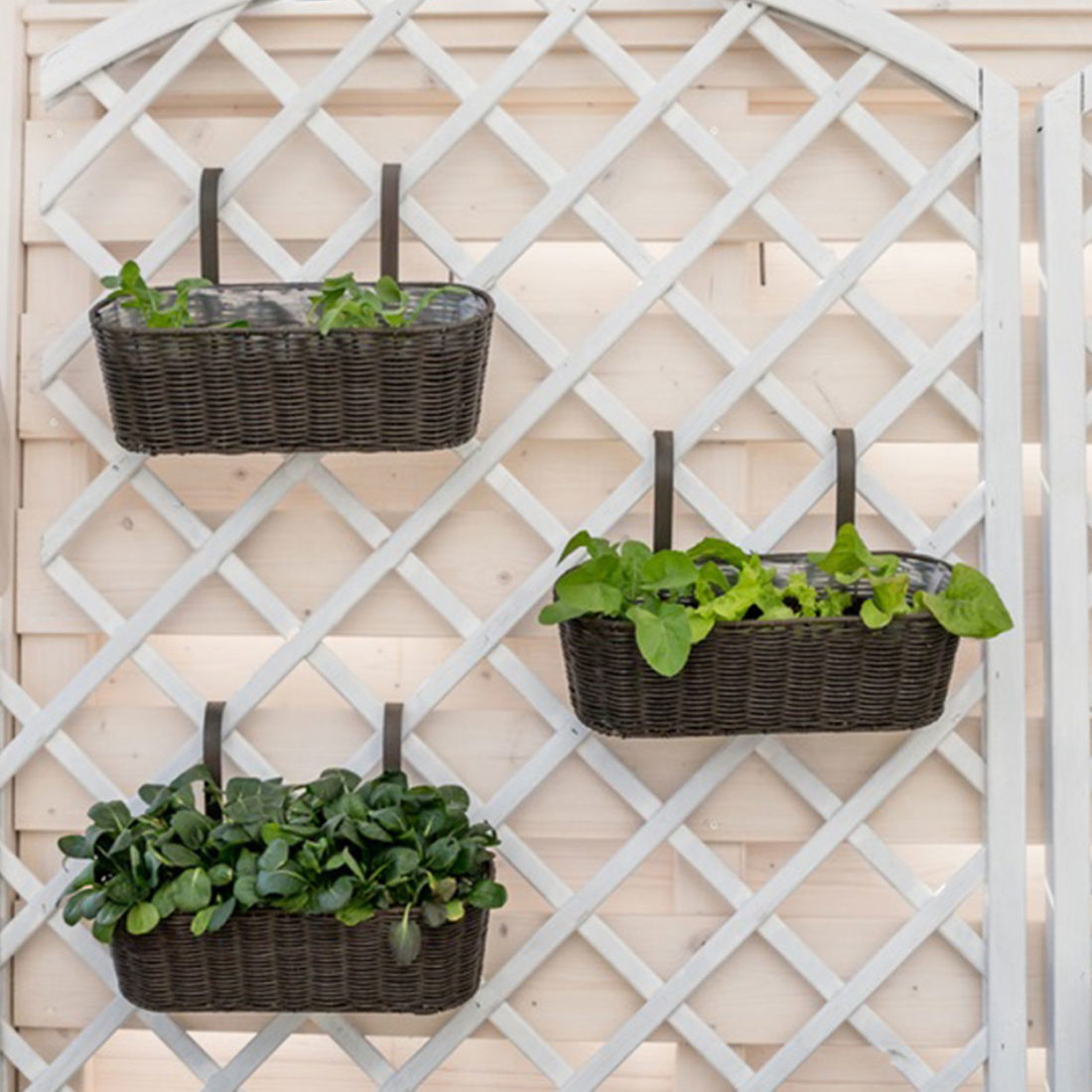
How do you grow more in less space? It’s almost every gardener’s dilemma, especially in urban areas. One solution to growing in less space is a vertical hanging garden. Vertical hanging gardens are wonderful for people who either don't have a lot of horizontal space, or who want to grow in non-traditional spaces, like on a patio. A vertical hanging garden is also perfect for those who want to add a splash of colour or a unique texture to their garden. Plus, they’re super easy to create, once you get your system set up!
Keep scrolling for Woodies’ step-by-step guide on how to build a vertical vegetable garden frame with items you likely already have at home.
Tools for the Job
- Hanging pots
- Compost
- Plants
- Sandpaper
- Trellis
- Woodcare paint
- Pencil
- Paintbrush
- Drill
- Suitable screws
- Spirit level
- Cotton dust sheet (if required)
- Dust mask
- Pressure-treated timber battens
Watch the video below or keep scrolling for the 11 steps in detail, followed by the FAQs!
Step 1
A trellis is the structure you’ll use for your vertical hanging garden. To prepare it, lightly sand it with sandpaper to remove any flaking wood or splinters. Be sure to wear a dust mask, then give the newly-sanded trellis a quick wipe with white spirits to remove any dirt or grease.
Step 2
Apply the first coat of paint in light strokes with your paintbrush until you cover all the areas of the trellis with paint.
Note: Be sure to place the trellis on a suitable dust sheet to protect the surface underneath.
Step 3
Leave the first coat of paint to dry according to the instructions on the paint tin. After, lightly sand with fine sandpaper.
Step 4
Apply the second coat of paint once the first coat is completely dry. If a third coat is required, allow it to dry, then lightly sand as before.
Step 5
Take your hanging pots and fill them with compost to prepare them for planting.
Step 6
Add flowers or herbs into the pots to give that splash of colour.
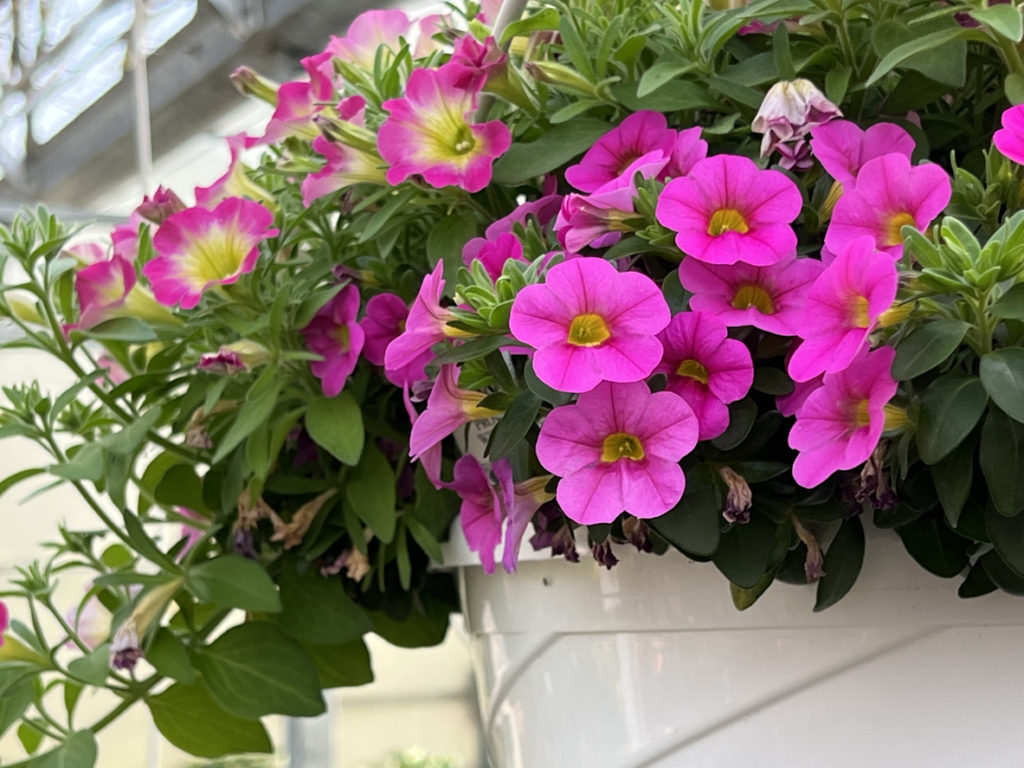
Step 7
Align the trellis to the fence making sure it is level using a spirit level. Then, use a pencil to mark on the fence where the edge of your trellis should sit. This is where you'll be positioning your battens to support your vertical hanging garden system.
One batten on either side will be suitable to support your vertical hanging garden, but on a wider trellis, a third batten in the centre may also be required for additional support. You should also add the third batten if you intend to hang more plants, or use plants requiring more soil, like tomato plants.
Step 8
Attach the battens to the fence using a drill and woodscrews. The battens should be no longer than the trellis, and should line up just inside the pencil markings you made.
Note: If not using pressure-treated timber, then ensure to paint your battens as you did the trellis. Sand the battens and give them two coats of paint, letting them dry before you hang them on the fence or wall.
Step 9
Drill the trellis to the battens using a drill and screws to ensure the trellis is secure.
Step 10
Add colour to your garden by hanging the pots on your trellis. Tie up any plants that need extra support.
Step 11
The finished result! You now have a wonderful vertical hanging garden and a wall of colour for you to enjoy.

FAQs
Want to become a vertical hanging garden expert? Get started with these very commonly asked questions about building a vertical hanging garden.
What Grows Well in a Vertical Hanging Garden?
There are so many ways to create a vertical hanging garden. Whether you love the look of vines, want a splash of colour, or want a veg garden but don’t have the space. You have so many options! Let’s look at a few plants that grow well in vertical hanging gardens.
Some of the vines and climbers that go well with vertical hanging gardens include:
- Nasturtium
- Morning glory
- Moonflower
- English ivy
- Clematis
- Wisteria
- Climbing roses

The best plants suitable for a vertical hanging garden, or living wall, tend to be annual flowers such as:
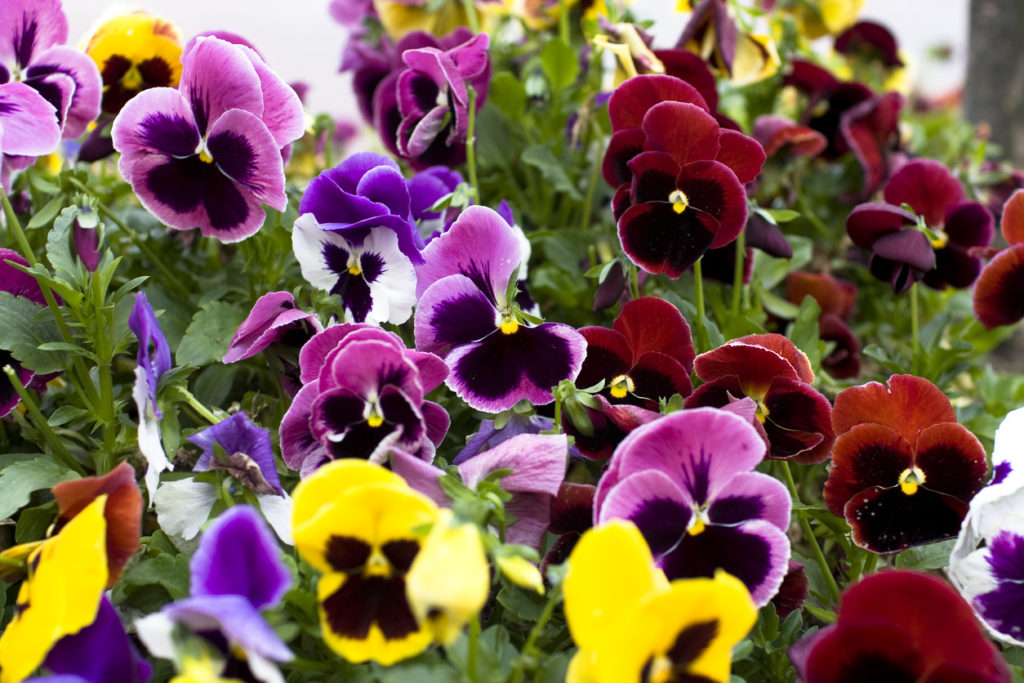
Depending on the size of your hanging containers or baskets, you can also grow fruit or veg. Some of the edible plants you can grow in hanging baskets include:
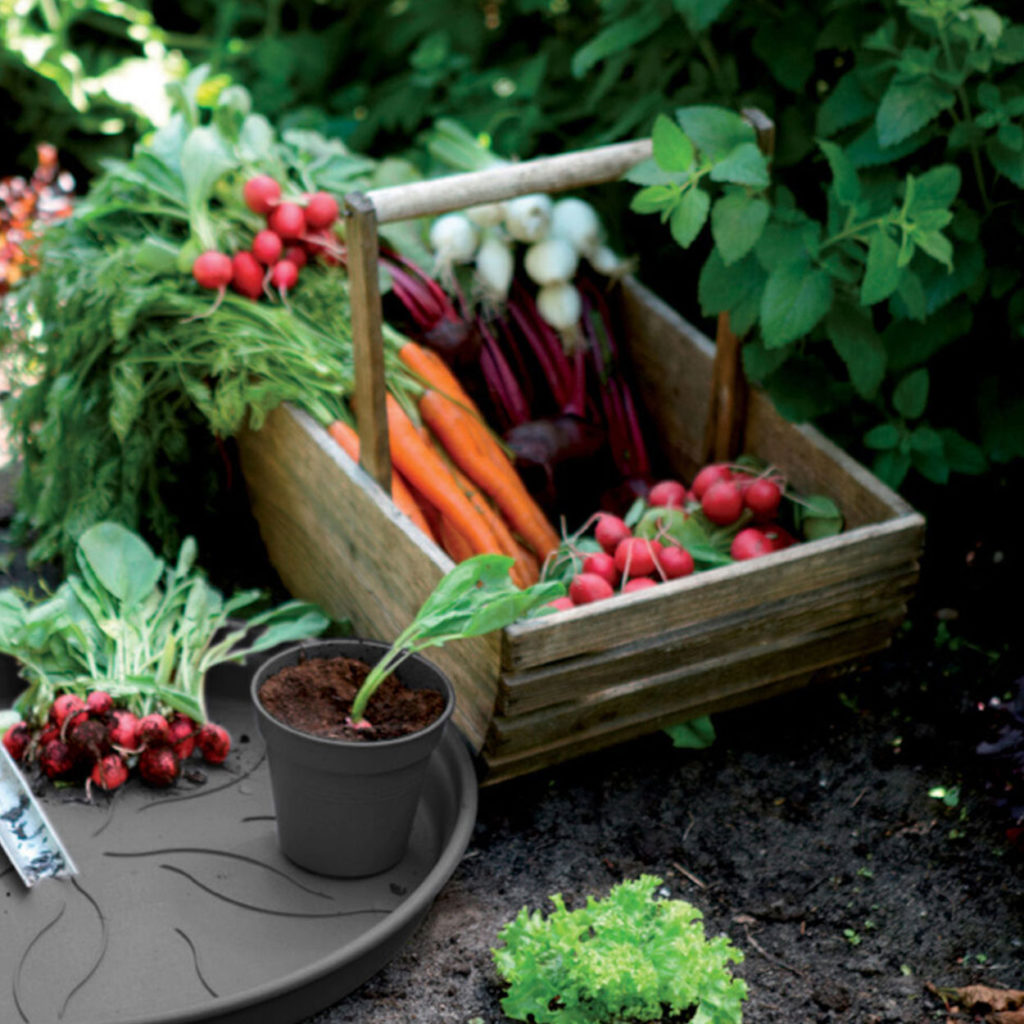
Some things to consider when choosing the best plants for your vertical hanging garden include:
- Sun exposure or shade cover: Make sure you choose plants that will thrive with the amount of light or shade that your wall will get. Place sun-loving plants next to each other and put shade-loving plants near each other to make sure your plants get the support they need.
- Weight of the containers: Be careful to account for the weight of the containers, soils, and plants when hanging your trellis.
- Water and drainage: Choose pots and spaces with the right drainage for each plant for the most success.
How Do You Take Care of a Vertical Hanging Garden?
Learning how to grow a vertical hanging garden isn’t much different from a traditional garden. You’ll take care of it according to the plants you choose for your space. However, you'll have to account for the fact that each plant is hanging and therefore has more proximity to the wind.
When you grow plants in a vertical hanging garden, you may need to water them more as the wind can dry them out faster than plants grow in the ground. Some plants may also need some support while they grow. For example, you’ll need to tie tomato plants to the trellis for extra support.
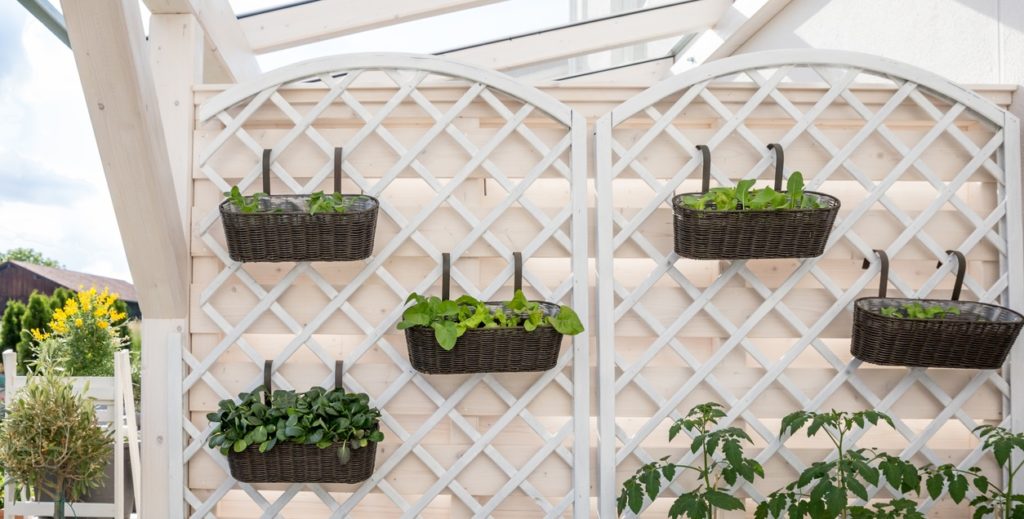
Ready to plant your own vertical hanging garden? We have everything you need in our Lawn and Garden section!
Woodie's
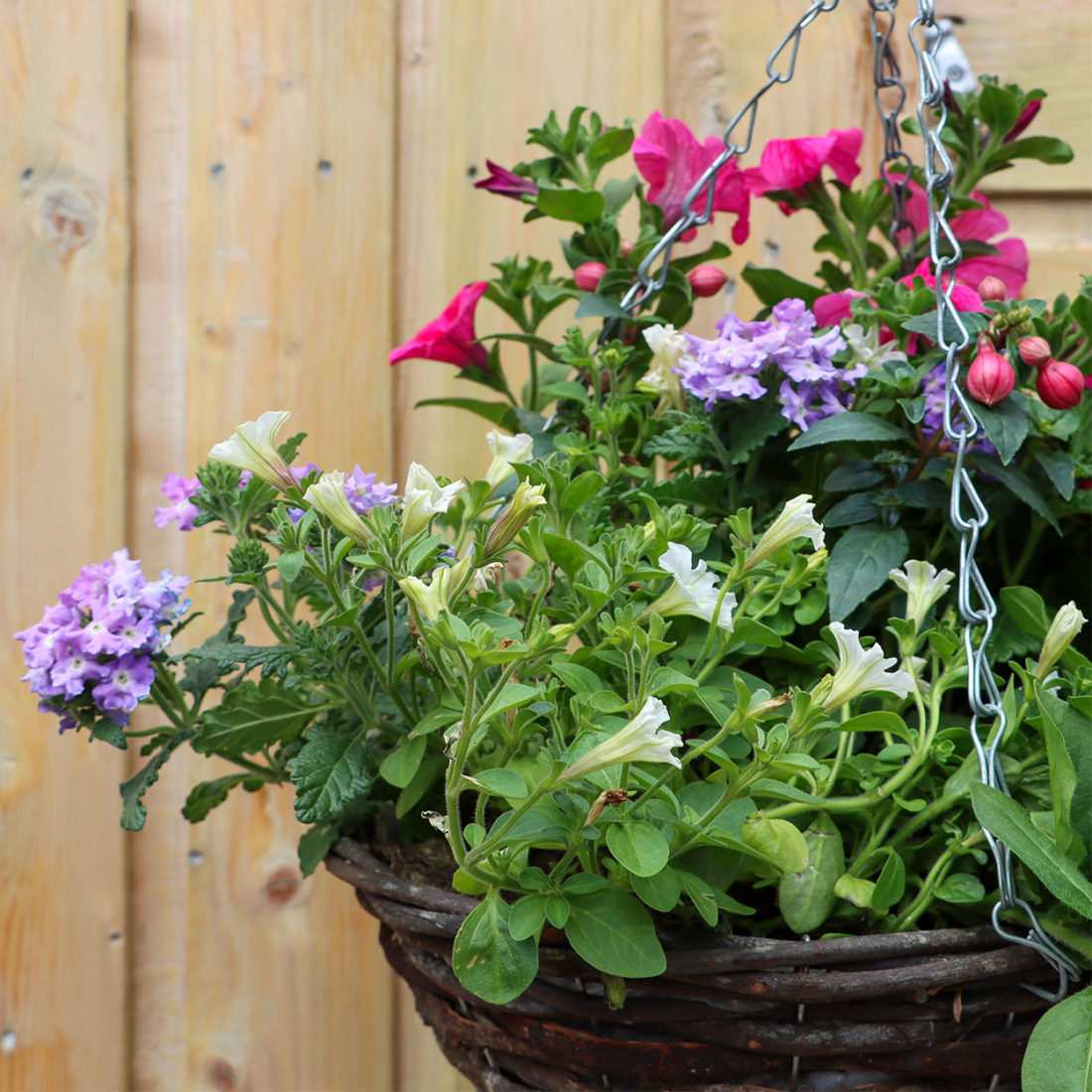
- Lawn & Garden
The Ultimate Guide to the Best Hanging Basket Flowers
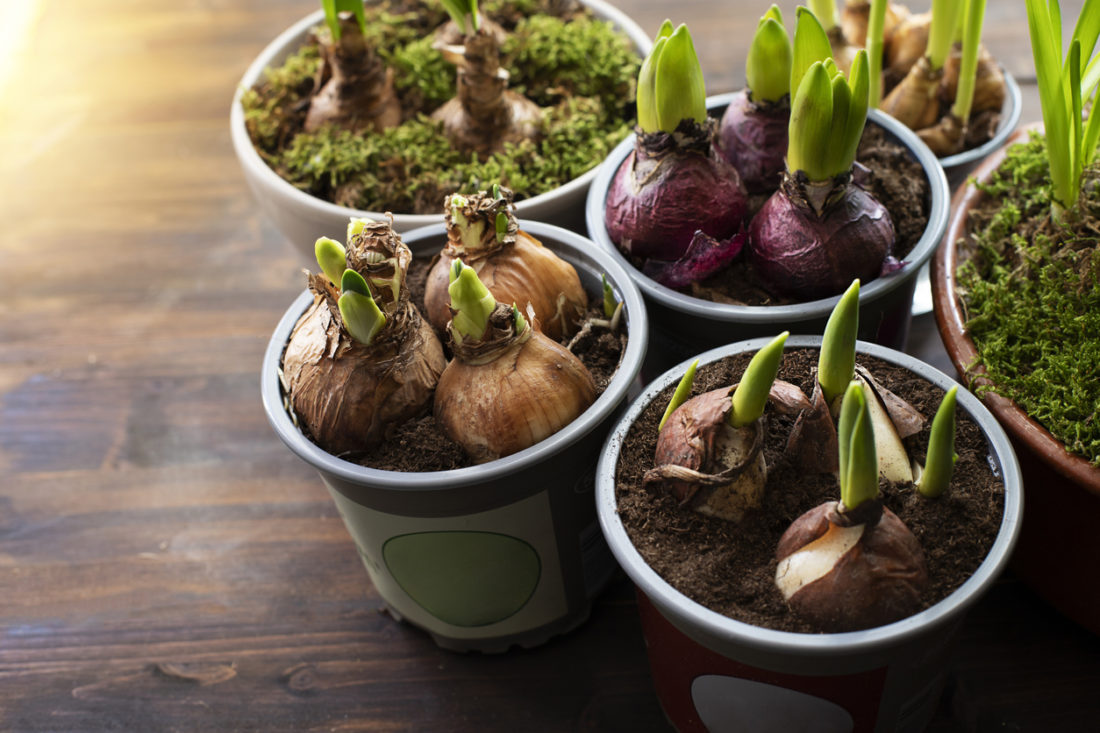
- Lawn & Garden
Planting Summer Flowering Bulbs: 4 Easy Tips on When, Where, and How to Plant Them
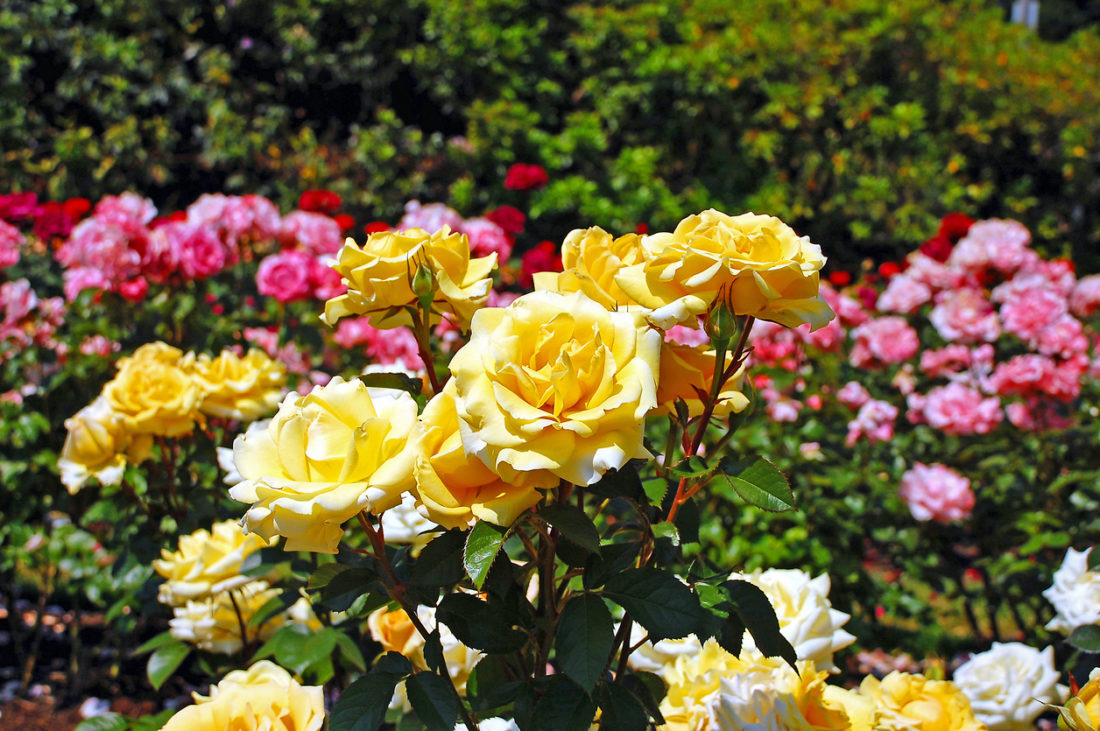
- Lawn & Garden
How to Prune Roses in 6 Easy Steps
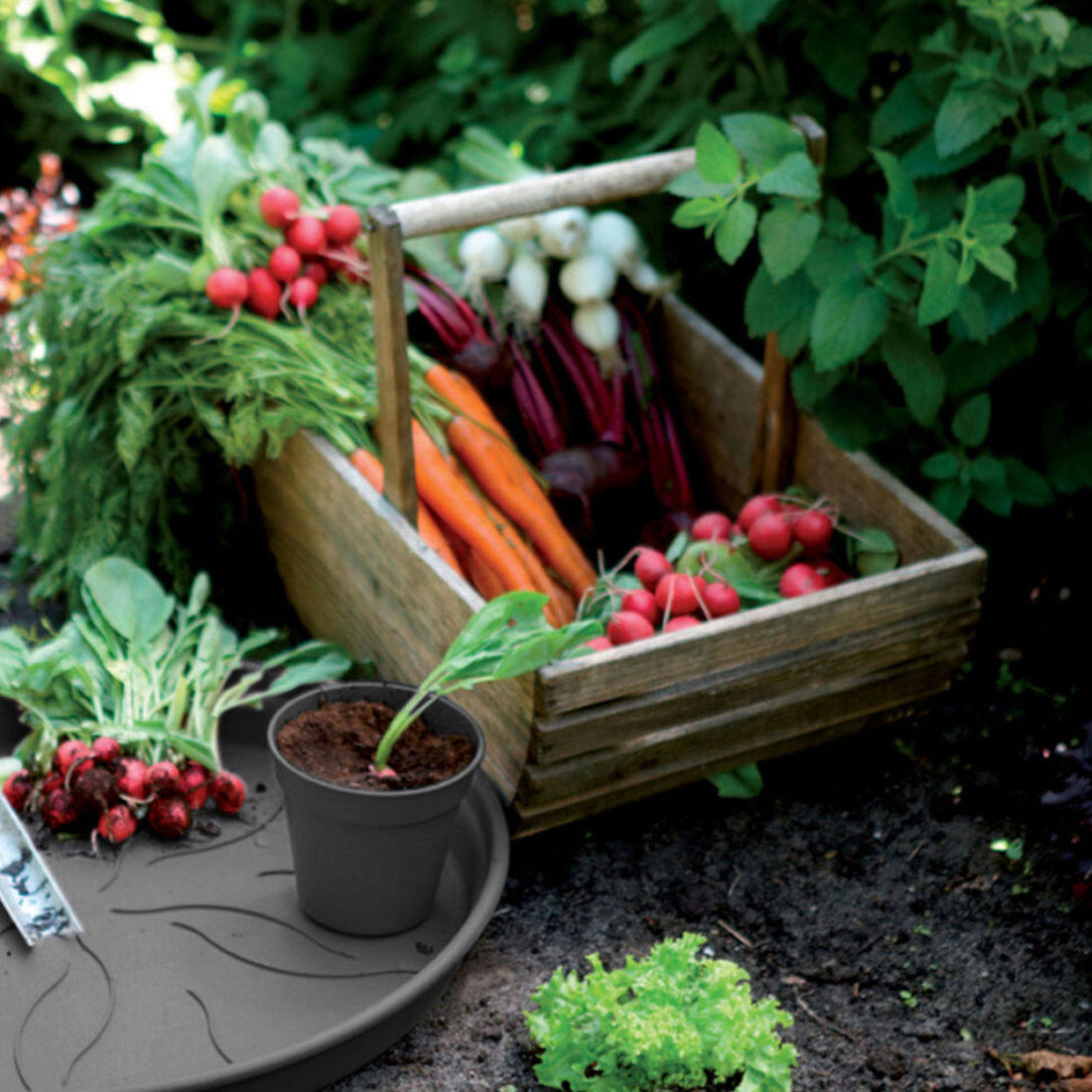
- Lawn & Garden
How to Grow Vegetables from Seeds: Everything You Need to Know
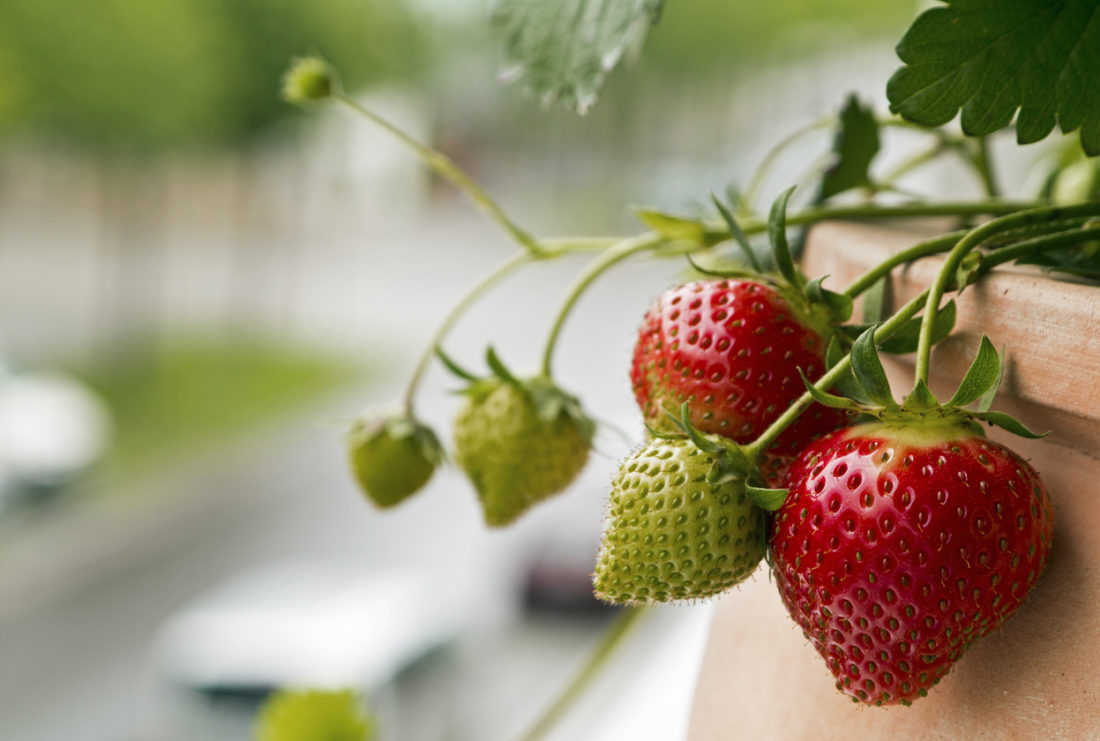
- Lawn & Garden
How to Grow Strawberries in Pots: An Easy Step-by-Step Guide

- Lawn & Garden